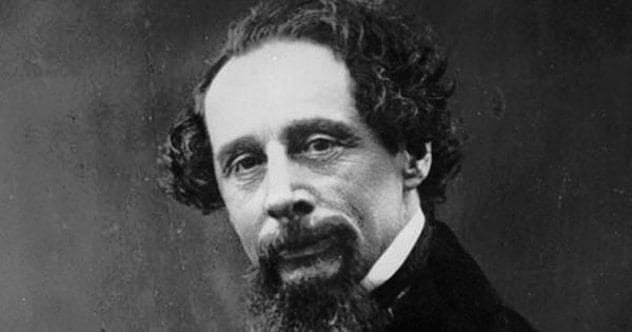This content delves into the peculiar habits of some of the world’s renowned figures throughout history. From Albert Einstein’s distaste for socks to Benjamin Franklin’s unusual ritual of air baths. It also discusses Nikola Tesla’s germophobia, Salvador Dali’s sleep rituals, and Ludwig van Beethoven’s precise method of brewing coffee. Furthermore, observe Charles Dickens’ odd writing orientation, Emily Dickinson’s fashion sense, Leonardo da Vinci’s peculiar sleep schedule, Honore de Balzac’s over-the-top caffeine intake, and Thomas Edison’s sleep pattern. These eccentricities provide a unique insight into their personas, demonstrating that genius often pairs with non-traditional habits.
1. Albert Einstein – Not Wearing Socks
Albert Einstein, a renowned physicist and philosopher credited with developing the theory of relativity, was an eccentric man by any measure; however, one of his quirkiest habits involved his feet. He apparently found socks a hassle and decided to never wear them – be it in academic circles or social engagements. He deemed socks a nuisance as they would often develop holes.
2. Benjamin Franklin – Air Baths
Benjamin Franklin, one of the founding fathers of the United States, had a morning ritual that would seem bizarre by modern standards. Every day, Franklin would set aside an hour to sit in his room without any clothing, allowing fresh air to circulate over his body. He believed this ‘air bath’ had numerous health benefits and was integral to his morning routine.
3. Nikola Tesla – Extreme Germophobia
Nikola Tesla, the great inventor with numerous significant contributions to modern technology, was noted to have a heightened fear of germs. He had a compulsive need to wash his hands and was vehemently opposed to touching anything round, especially hair. The genius inventor also held an unusual abhorrence for pearl earrings, completely avoiding any woman who adorned them.
4. Salvador Dali – Sleeping with A Key
The Spanish surrealist painter Salvador Dali had an unusual approach to capturing his dreams. To ensure he could remember his dreams vividly, Dali would begin to snooze in a chair with a key in his hand. As he fell asleep, the key would drop, causing a clanging sound that would awaken him, allowing him to recall and sketch his dreams which often served as inspiration for his surreal artworks.
5. Ludwig van Beethoven – Counting Coffee Beans
Beethoven, one of the most famous and influential composers of all time, was rather particular about his coffee. He insisted on using precisely 60 coffee beans per cup. His belief was that this exact number resulted in the perfect brew and he would painstakingly count each bean to ensure his coffee was up to standard.
6. Charles Dickens – Facing North to Write
The great English writer, Charles Dickens, author of classics such as “A Tale of Two Cities” and “Oliver Twist”, had a peculiar condition for his writing process. He believed he could only write efficiently while facing north. He was a firm believer in the benefits of magnetic fields on his creativity and would rearrange his furniture to align with this direction on his numerous travels.
7. Emily Dickinson – White Clothing
The American poet Emily Dickinson was known for her reclusive lifestyle and one of her eccentric habits was her insistence on always wearing white. The reason behind it is not clearly known, but many suggest it reflected her purity or her identification with the women of the classical Greek period.
8. Leonardo Da Vinci – Polyphasic Sleep
Leonardo da Vinci, the Mona Lisa’s creator, was famous not only for his unparalleled skill in artistic and scientific fields but also his peculiar sleeping pattern. Da Vinci followed a polyphasic sleep schedule known as the ‘Uberman Schedule’, which involved taking 20-minute naps every four hours. This unusual habit served to maximize his productivity, as it reduced his sleep time.
9. Honore de Balzac – Coffee overkill
Renowned writer Honore de Balzac was notably a coffee connoisseur, but his caffeine intake was far from normal. It’s claimed that Balzac drank 50 cups of coffee a day to hunker down for his writing marathons. While this could be an exaggerated speculation, it wouldn’t be a big surprise considering his prolific writing output.
10. Thomas Edison – Power Napping
Inventor Thomas Edison is another historical figure known for his rather peculiar sleep pattern. Preferring 3-4-hour blocks of sleep, Edison is said to have regarded substantial sleep as a waste of time, backing it up by claiming that he required less rest than others. To keep himself rejuvenated, he would make up the deficiency with power naps throughout the day.
